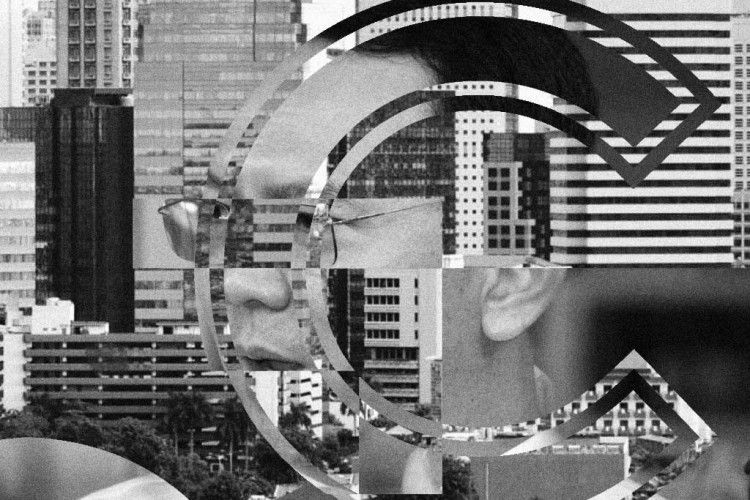
One of the praises I give to today’s online communication, from direct messaging to social media feeds, is our ability to interact with our always-on lifestyle: whenever and wherever you are, to know your relatives and friends’ whereabouts without having to specifically ask them, and that high-school friend you have not communicated in years is now getting married to the guy who sat next to you in 10th grade Maths – not a true story, but you get the idea. Though the idea of being perpetually online can be incredible yet scary, it certainly puts an impact into shaping our lives in the way we socialise.
Growing up as a third culture kid, with moving from one city to another and being introduced as the new kid in the middle of the school year was something that was consistent before I stayed through and graduated from high school. At the time, the interaction with the friends I have made seemed to be limited as when it was time for me and my family to move to another city, goodbyes were definite goodbyes: we did not know when will be the next time we see each other as online interaction was not a daily activity as it is nowadays. However today, when it was time to leave a city for good, I was not afraid to express see-you-laters as I know I will see them in my Facebook feed, or that I will scroll and find their latest Instagram post, or that we are not only limited to a phone call away, but we are a direct-message-and-video-call away.
Yet, as much as see-you-laters can be seen as simple as that, social media has wrapped it into comfort blanket where often, it’s easier to announce certain updates in social media feeds rather than individually letting them know through direct message.
When I started gathering ideas to form the base of my dissertation entitled ‘The Representation of the Self in Social Media: Indonesian Students and Path’, I was showing Mirca Madianou, my dissertation supervisor, the social media app from my phone, scrolling through explaining what I have observed: I didn’t have to ask my friends specifically what’s happening in their lives as I can see it all in my Path feed, which is probably why we don’t speak very often through direct messaging. Madianou immediately mentioned the term ‘ambient co-presence’ as a response to this observation, and its definition was spot-on as, ‘Ambient co-presence is the increased awareness of the everyday lives and activities of significant others through the background presence of ubiquitous media environments,’ and in this case, ‘News feeds are key to ambient co-presence as the knowledge about what others are doing is literally streamed to one’s screen on a real time basis.’ (Madianou, 2016)
Seemingly, to be present in the background contributes to our always-on lifestyle that we are online almost every waking hour and yet, we resort to viewing and scrolling through the feed of updates than direct communication because we are already present in this medium. With ambient co-presence, you are unconsciously corresponding to others’ updates and activities that you are learning their traits and lives through indirect communication.
For me, particularly in the last few years where moving from one city to another was consistent, interaction in social media is something I hold on to closely as most of my friends and relatives who live within a distance from me are active in them and it is the quickest, easiest way for me to be in the loop of their everyday life updates. I was very pessimistic about the habit as I am the kind of person who prefers video/phone call or direct messaging, but there’s always space to compromise. Our way of connecting today is continuously evolving, and these mobile devices that we are so attached to as our daily need is an extended way to know what has been happening, while you are not physically together.
As I am writing this, I was receiving continuous Whatsapp messages from my family’s conversation – my father in Jakarta, my mother and younger sister together in West London, my older sister in North London, and myself, in Stockholm. Despite the time difference and the distance between each other, we are all here, present. And it is no different to the friends, followers, audience in your social media networks – absent, but present.
Today, being there for those who matter to you is too often contextualised within a status update, a photo, a tag, a like, a comment. Still, being there does not have to be defined physically as even in a co-present way, you are still there. However, if that friend who is getting married to the guy who sat next to you in 10th grade Maths happens to be someone you know personally well, would it kill you to congratulate her personally? If there is time to scroll through and excessively double tap posts on Instragram, there is always time to send a direct message.
Reference: Madianou, M. (2016 – forthcoming) Ambient co-presence: Transnational family practices in polymedia environments. Global Networks, vol. 16 (1).











